Center of Government site could be cleared by February
by Robert Lynch; May 6, 2025
New York State’s bureaucratic preservations appear no longer an impediment as Tompkins County legislators seek to bulldoze three buildings in the shadow of DeWitt Park to allow construction of a massively expensive downtown Center of Government.
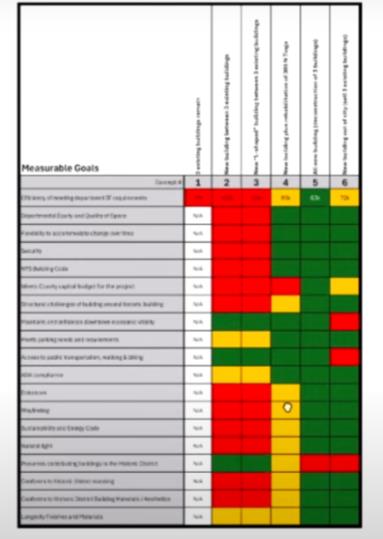
At a legislative committee meeting Tuesday, architects for Tompkins County’s ambitious project put meat on the skeletal bones of an offhand remark County Administrator Korsah Akumfi had made at a County Legislature meeting three weeks earlier: The New York State Historic Preservation Office (“SHPO,” pronounce it “Shippo”) has ended its year-long objection to removing the three buildings adjacent to the County Courthouse, structures hardly historic, but up until now considered by SHPO as “contributing” to the DeWitt Park Historic District’s character.
“The process with the State Preservation Office has gone much more smoothly than we had anticipated,” Quay Thompson, of Holt Architects, Principal Architect for the Center of Government project, told the Tompkins County Legislature’s Downtown Facilities Special Committee May 6.
“We basically have the verbal approval from SHPO, and we’re in the process of finalizing the letter of recommendations, as what they call it,” Thompson told the committee.
“I’m glad to see the process go a little faster than all of us, I think, anticipated,” Ulysses-Enfield legislator Anne Koreman responded.
SHPO regulators have dogged Tompkins County for more than a year as lawmakers have sought to fast-track the “deconstruction” of the three buildings: the former Key Bank building at the corner of North Tioga and Buffalo Street, the honeycomb-faced former Wiggins Law Office next to it, and “Building C,” once an Ithaca College TV studio and now home to the Board of Elections and Tompkins County’s Assessment Department.
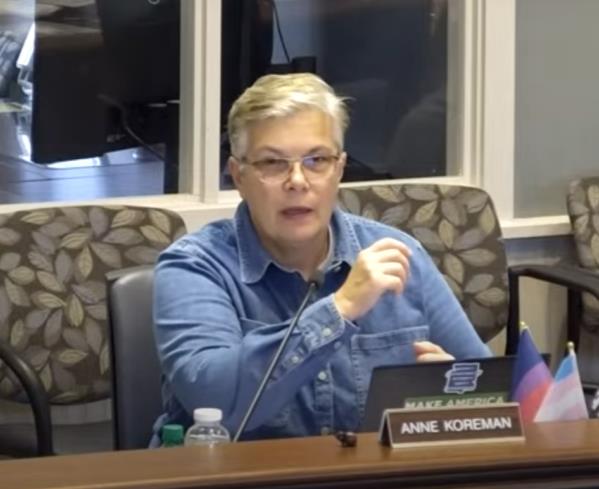
Although the Historic Office may have no direct veto power over the buildings’ demolition, SHPO regulators could delay either the permit approvals or the grant awards that the new office building might need.
At a meeting of the Tompkins County Legislature April 15, Administrator Akumfi had stated, as part of an otherwise-routine biweekly report, that SHPO had granted “conditional approval to proceed at demolishing the buildings on site with some guidelines.”
Akumfi had said little more at the time about the approval and had never detailed what those “guidelines” might be.
During his presentation to the Downtown Facilities Committee Tuesday, architect Thompson suggested that those SHPO-demanded “mitigating measures,” as he termed them, might be minimal and largely symbolic. They might require designers to preserve “drawings and photographs” of the demolished buildings and encourage designers’ “creating some sort of historic component in the new building” that “talks about” what was torn down.
With SHPO’s consent essentially now assured, architects and schedulers, with legislators’ full support, intend to move headlong toward deconstruction. Each building would start being pulled apart this fall, likely sequentially, with full removal planned by the end of winter.
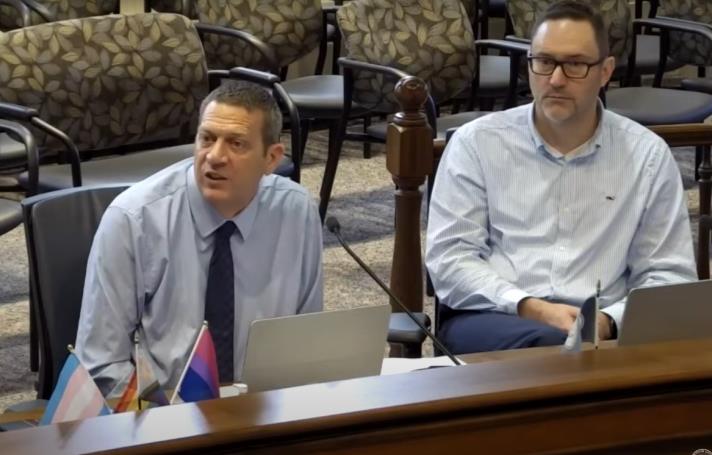
“Schedule-wise, we are looking for the deconstruction to start in September and finish in February ’26,” Bernard Best, Project Manager with Holt Architects, Tompkins County’s design consultant, told the committee.
Most likely the law office would be first to come down, then the former bank, and finally Building C.
Building’s C’s removal poses the biggest obstacle, as it currently houses County Government offices. The Board of Elections, the Assessment Office and the Information Technology nerve center—complete with its web-server—would all have to move. Relocation plans have yet to be carved in stone.
In fact, there’s much remaining to be resolved. And it includes, quite remarkably, the County Legislature’s no-turning-back commitment to proceed with the Center of Government altogether. Legislators have during the past year or two passed sense-of-the-body resolutions directing planning for the building to proceed. But they’ve never made a promise they couldn’t retract.
At the close of Tuesday’s two-hour committee session, Administrator Akumfi, on the job for only three-and-a-half months, worried aloud about perceived legislative indecision, with lawmakers “checking boxes” instead of implementing a grand vision.
“We are at a point whereby we need to have a clarity of direction of where we are going with the project,” Akumfi advised the committee.
“We need to have clarity from the Legislature as we move forward with the project so that we are not derailed in our approach, in our time lines, and also that we are not looking at anything else if this is the commitment,” Akumfi stated.
The Administrator said what’s needed is “clarity that the project is a ‘go,’ and we are doing this.”
That “anything else,” alluded to by Akumfi, would likely entail moving County Government offices out of downtown altogether, placing them on cheaper land, more expansive land, a place with ample, free parking for staff and visitors, real estate maybe out by the airport.
Most legislators have winced at that out-of-Ithaca prospect, sometimes as they did so disregarding economic logic. They wince at it still. “Building in a cornfield,” as one legislator has often derisively termed it, never gained serious consideration during Tuesday’s committee meeting.
The Downtown Facilities Committee took no votes Tuesday on any direction forward. But members suggested they may put before the full Legislature as soon as in June a departmental assignment plan that would play a pricey game of musical chairs, deciding which offices would go where once the Center of Government gets built.
One of the more challenging choices, both short- and long-term, is where to quarter the Board of Elections. Holt Architects’ current preferred plan would place the elections office not in the Center of Government, but over at the County-owned Human Services Annex, located at State and Albany Streets, many blocks away.
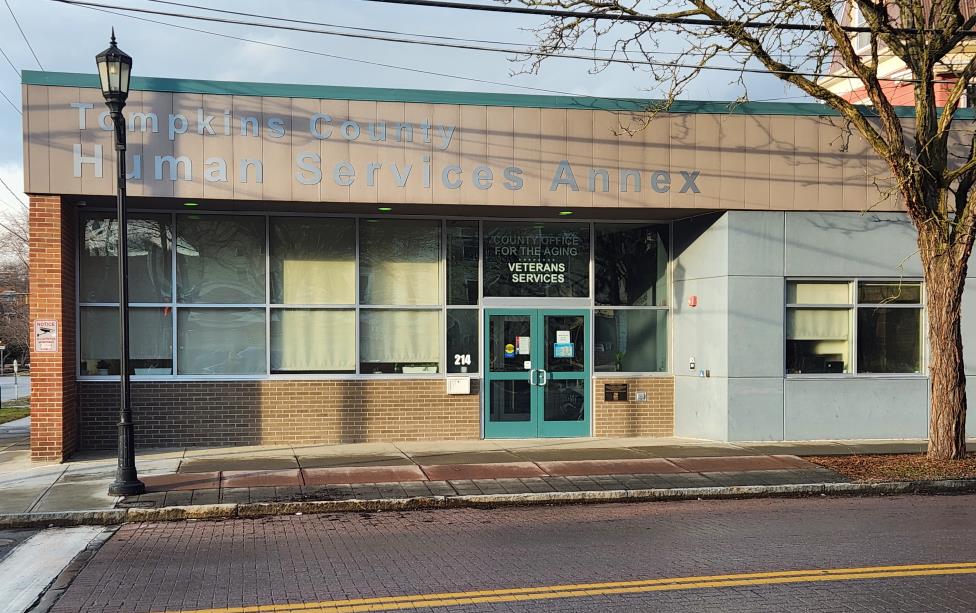
The Elections Board’s migration would torpedo plans favored by some to vacate the Annex altogether and sell off the building for commercial and residential development.
“I think this is a waste, personally, of some prime dirt and space in the core of the City that is begging for more, and I just think this is a poor use,” Dryden legislator Greg Mezey said of retaining the Human Services Annex for the Board of Elections. “From a planning perspective, I’m not OK with this.”
Mezey’s Dryden colleague, Mike Lane, took a different view.
“I guess I don’t totally agree with Greg,” Lane responded. “I don’t think the City needs to have a big box apartment building on every block,” he maintained. “Yeah, you can generate more money with vertical sprawl, but you also have all the problems that come along with it.”
“I wasn’t the one that said this, but they said the City of Ithaca has lost its soul, and I think it’s true,” Lane opined.
The initial Center of Government construction schedule had called for “Building C” to remain standing until the new building was largely built. Wreckers would demolish it later. But that could waste time and money, architect Thompson told the committee.
Instead, to facilitate quicker deconstruction, yet keep computer systems humming, Information Technology would temporarily relocate to the third floor of the Old Jail building. A $15,000 cable run would string along the street to serve it. And the third floor’s current occupants, namely County Administration and the County Attorney, would soon be evicted.
Where would the Administrator and County Attorney go? Most likely they’d migrate to temporarily occupy vacant space in the Mental Health Building on the other side of downtown. But there’s a problem there as well. County staff might have nowhere to park.
Dislodging the State Historic Preservation Office’s opposition to deconstructing the trio of buildings on the Center of Government site proves the benefits of successful salesmanship (with maybe a bit of fact-bending along the way.) Quay Thompson reported to the committee that his firm had first enlisted the help of a Corning-based preservation architect. They drew up six options for consideration, then gridded them against as many as 19 distinct factors that would weigh in favor or against each choice. An option’s relative desirability was color-coded in green, yellow, or red (Green, good; Red, bad.)
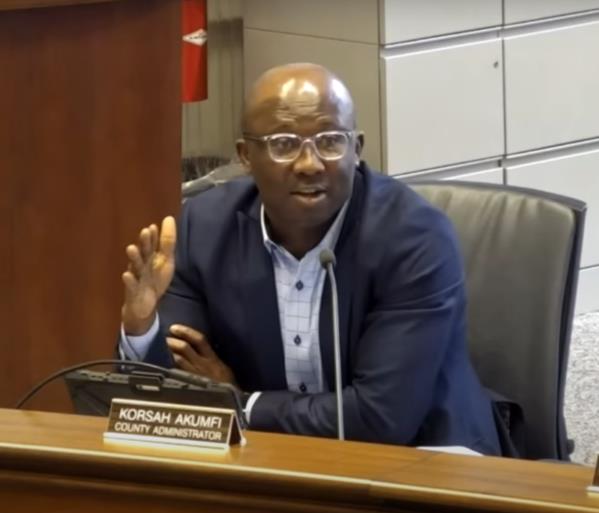
“Looking big picture, essentially the process was we submitted a report, a fairly large report, to SHPO,” Thompson said. “They spent about three weeks reviewing it, and then we met on-site.”
Consultants, County officials, SHPO bureaucrats, and apparently no one else, toured the buildings and then convened in Legislative Chambers. That meeting, Thompson asserted, proved key.
“At the outcome of that meeting, SHPO was basically supporting our recommendations that it made sense for the three buildings to be decommissioned, deconstructed, and a new building to be built,” the project architect told the committee.
Yet please note that the process largely bypassed the public, those whose members might have raised pointed, critical questions and advanced a contrary narrative. The process apparently also omitted City of Ithaca leaders, who’ve sought unsuccessfully in the past to block deconstruction.
Last year, the County Legislature employed a questionably-applicable New York court holding to pre-empt Ithaca’s authority in the matter. City Hall never took the County to court, and has had little involvement since.
Still, some might question the conclusions architects drew in their sales pitch to SHPO. One of the six options presented regulators was to keep the three buildings intact and just renovate them. Two more choices would have built a new office building in various forms around the existing structures. Another alternative would have kept the Key Bank Building, razed the other two, and built the new building attached to the old bank.
Quite plainly, the County’s favored option was to level the site and build a completely new building. The sixth choice was to build somewhere outside the City.
The all-new Center of Government, kept downtown, and the “Cornfield Option” scored the highest under Holt’s carefully-choreographed, 19-factor grid. And a couple of the highly-subjective criteria gave downtown the slight edge.
Factors weighed such issues as departmental efficiency, the “flexibility to accommodate change,” access to public transportation, walking, and biking,” and whether the project “maintains and enhances downtown economic vitality,” an argument Holt’s team had told legislators in March should be considered.
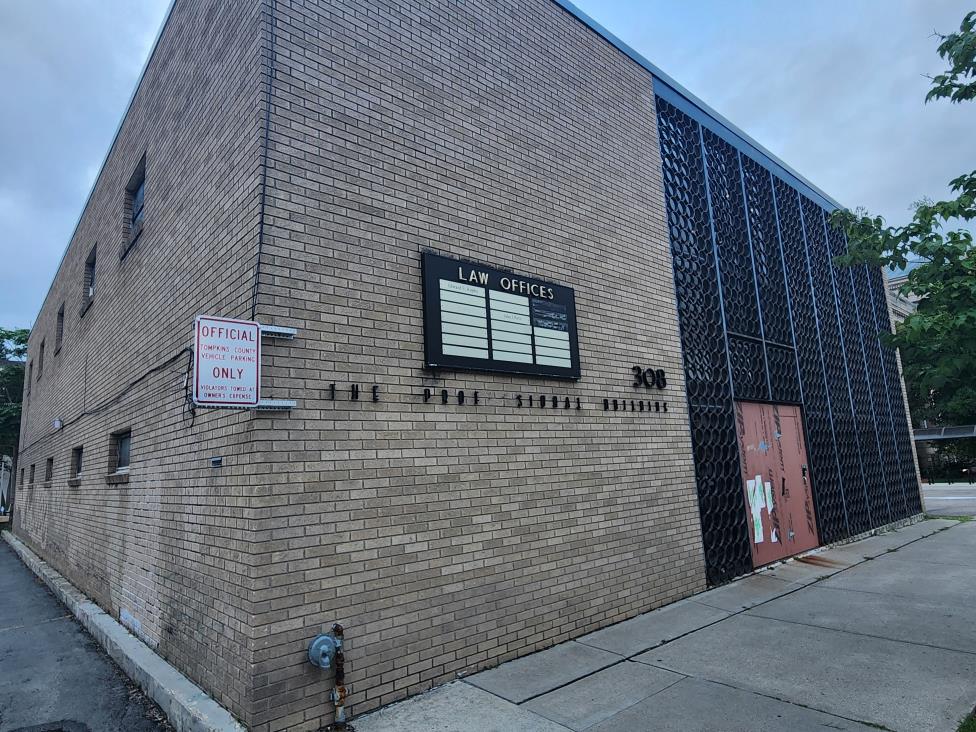
On those latter two points, transportation access and economic health, Thompson said it was advantage downtown:
“Another big factor that SHPO was interested in was maintaining and enhancing the downtown community vitality,” the architect advised the committee. “So this is preserving the vitality of the historic district, but also preserving the vitality of Downtown Ithaca.”
A factor on which Holt assigned downtown and “someplace else” surprisingly equal weight was on whether the office building “meets parking needs and requirements.” Thompson and Best in committee danced around why downtown earned a passing grade. Anyone who’s ever tried to find a vacant parking spot may wonder how downtown scored equally with the cornfield.
All along, the Downtown Facilities Special Committee— just like a similarly-named committee before it—has advanced a pre-scripted narrative: It’s that downtown is best and that a totally-new building is best. Tuesday’s meeting expanded that theme to convey the message that SHPO regulators have likewise been sold the value of those arguments.
A new downtown Center of Government is now planned to sprawl upward five stories, expand to nearly 40,000 square feet, contain a cornucopia of government offices ranging from District Attorney, to Planning, to Human Rights, and cost at least $40 Million—some say as high as $60 Million. And each step along the way always leads to the next.
Boxes get checked, Korsah Akumfi would say. And now, more likely than ever, those three buildings that stand a stone’s throw from the Courthouse will come down, and will do so sooner rather than later.
###

